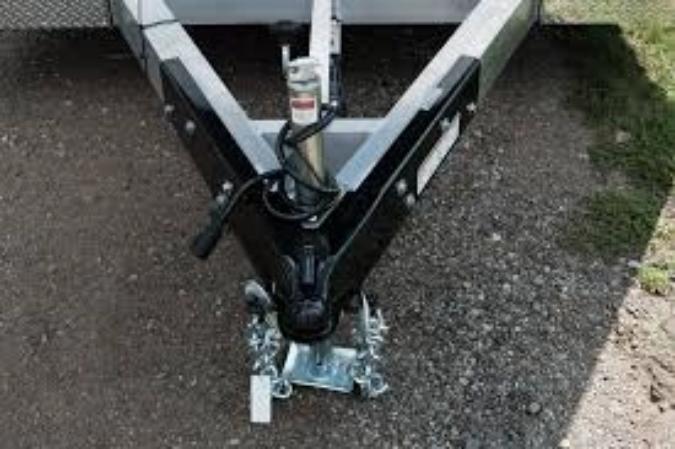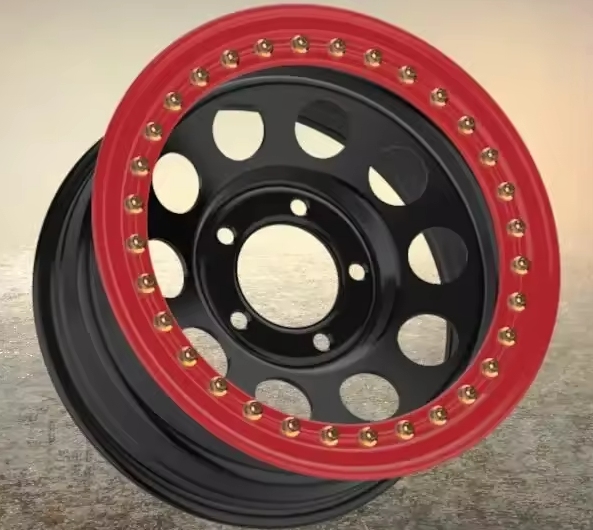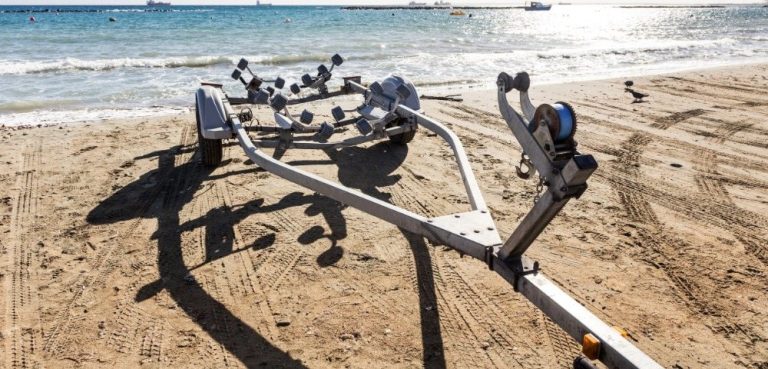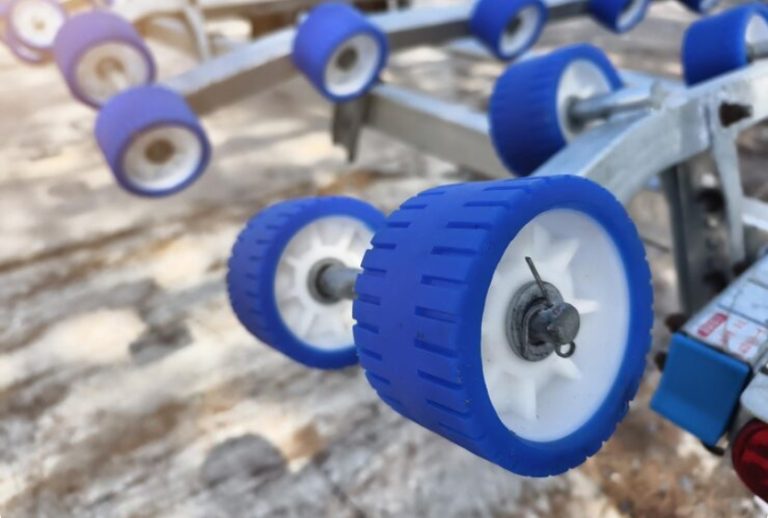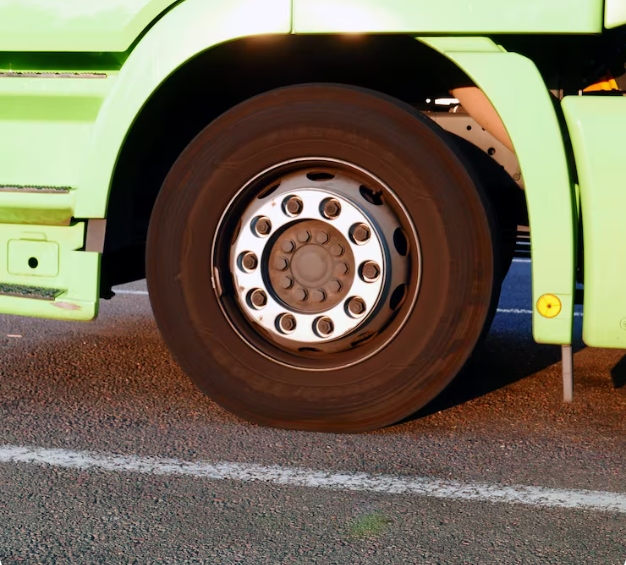A-frame couplers are super important for people towing utility trailers, RVs, or other big trailers. They fit trailers with an A-shaped front, called the tongue. These couplers make a strong, steady link to your truck or car, keeping things safe on the road. This big guide explains the uses,
A-frame coupler sizes، و how to install an A-frame coupler. It gives easy tips to pick the right coupler and set it up right. Whether you tow a lot or just got your first trailer, this guide helps you know what to do.
What Are A-Frame Couplers and How Are They Used?
A-frame couplers are made for trailers with a triangle-shaped tongue. You see them on utility trailers, travel trailers, or RVs. Their tough build spreads towing power across the trailer’s frame. This makes them more stable than straight couplers. They’re great for medium or heavy towing jobs.
Popular Ways to Use A-Frame Couplers
A-frame couplers work for lots of towing needs. Here are some common ways people use them:
- مقطورات فائدة: They’re awesome as A-frame couplers for utility trailers. They carry medium loads like lawn mowers, ATVs, or building stuff.
- RV Camping: These couplers keep travel trailers or pop-up campers steady for long road trips.
- نقل السيارات: They work on trailers that carry cars, handling heavier stuff with safe locks.
- Work Tasks: From building sites to farms, A-frame couplers tow equipment trailers with big loads.
They can handle weights from 5,000 to 21,000 pounds. That makes them a solid pick for fun or work towing. Getting the right A-frame coupler keeps your trailer hooked up tight, so it won’t wobble or come loose.
Understanding A-Frame Coupler Sizes
Picking the right A-frame coupler sizes is key for safe towing. The size means two things: the hitch ball size it fits and how much weight it can hold. Let’s look at both.
Hitch Ball Sizes for A-Frame Couplers
A-frame couplers need a hitch ball that fits just right for a safe connection. Common sizes are:
- 1-7/8 inches: Good for light trailers under 3,500 pounds, like small utility or boat trailers.
- 2 inches: The most used size. It’s for medium trailers, like utility trailers or small RVs, up to 7,000 pounds.
- 2-5/16 inches: Made for heavy trailers, like big RVs or car haulers, from 10,000 to 21,000 pounds.
Check your trailer’s tongue and your vehicle’s hitch ball to make sure they match. A wrong size can make towing shaky or dangerous.
Weight Capacity Tips
The coupler’s weight limit must be more than your trailer’s total weight, called Gross Trailer Weight (GTW). This includes the trailer and everything on it. Here’s a handy table for A-frame coupler sizes and their weight limits:
| Hitch Ball Size | Weight Limit (lbs) | الأفضل ل |
| 1-7/8″ | 2,000–3,500 | Small utility or boat trailers |
| 2″ | 5,000–7,000 | مقطورات فائدة ، RVs صغيرة |
| 2-5/16″ | 10,000–21,000 | Large RVs, car haulers, heavy trailers |
To find your trailer’s GTW, look at the label on the trailer or check the maker’s papers. Pick a coupler with a higher weight limit than your GTW. This keeps things safer.
How to Install an A-Frame Coupler
Setting up an A-frame coupler might feel tricky. But with the right tools and steps, you can do it yourself. Here’s a guide on how to install an A-frame coupler for bolt-on or weld-on types. It ensures a strong connection.
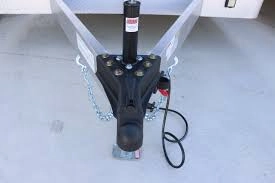
Tools and Stuff You Need
Get these things ready before you start:
- Wrenches or socket set(for bolt-on couplers)
- Welding gear(for weld-on couplers)
- Grade 5 or Grade 8 bolts(for bolt-on couplers, check the maker’s rules)
- وجع عزم الدوران(to tighten bolts right)
- Safety stuff(gloves, goggles, etc.)
- Grease(to make the hitch ball smooth)
- Protractor(to check the 50-degree A-frame angle)
Easy Steps to Install
- Check the Trailer Tongue: Make sure your trailer has a 50-degree A-frame tongue. That’s the usual angle for these couplers. Use a protractor to measure the frame’s angle.
- Pick Bolt-On or Weld-On: Bolt-on couplers are simple for DIY folks. Weld-on ones need a pro welder for a super strong, lasting fit. Look at your coupler’s type.
- Line Up the Coupler: Place the coupler on the trailer tongue. Make sure the hitch ball socket is set right for hooking to your vehicle.
- Fasten the Coupler:
- ل bolt-on couplers, put Grade 5 or 8 bolts through the holes. Tighten them with a torque wrench to the maker’s numbers.
- ل weld-on couplers, get a pro welder to attach it to the frame. Make sure there are no gaps or weak spots.
- Grease the Hitch Ball: Put grease on the hitch ball. This helps it move smoothly and lasts longer.
- Test the Hook-Up: Connect the coupler to your vehicle’s hitch ball. Lock the latch (like posi-lock or sleeve-lock). Check that it’s tight with no wiggle.
- Add Safety Chains: Hook up safety chains and cables to your vehicle. They stop the trailer if the coupler fails.
For more help, see the installation guide from Go Trailer. If you’re not sure about a step, ask a pro to keep things safe.
Tips to Keep It Working
To make your A-frame coupler last:
- Look at It Often: Check for wear, rust, or damage before every trip.
- أجزاء متحركة الشحوم: Put grease on the latch and hitch ball to stop them from sticking.
- Clean It Up: Wash off dirt or rust to keep the galvanized or powder-coated finish nice.
- Test the Latch: Make sure the latch (like posi-lock or sleeve-lock) locks tight so it won’t pop open.
Doing these things keeps your coupler in good shape and makes towing safe.
Why Go Trailer Is Great for A-Frame Couplers
اذهب مقطورة is a top maker of trailer couplers and parts. They sell strong A-frame couplers built to last. Based in Qingdao, Go Trailer makes couplers with galvanized or powder-coated finishes. These fight rust, so they work well in rain or snow. Their couplers are easy to set up and come with clear steps. They fit standard hitch balls (1-7/8”, 2”, and 2-5/16”). Whether you tow a utility trailer or a big RV, Go Trailer’s couplers handle fun or work towing. They’re a favorite for trailer owners all over the US.
FAQs About A-Frame Couplers
Q1: What are the usual A-frame coupler sizes?
A: The most common A-frame coupler sizes match hitch ball sizes: 1-7/8”, 2”, and 2-5/16”. They hold weights from 2,000 pounds for small utility trailers to 21,000 pounds for big RVs or car haulers. Match the coupler to your hitch ball and trailer’s GTW for safe towing.
Q2: How do I put an A-frame coupler on my trailer?
A: To know how to install an A-frame coupler, check that your trailer has a 50-degree A-frame tongue. For bolt-on couplers, use Grade 5 or 8 bolts and tighten them right. For weld-on ones, hire a pro welder. Grease the hitch ball, test the hook-up, and add safety chains.
Q3: Why do people pick A-frame couplers for utility trailers?
A: A-frame couplers for utility trailers are popular because their triangle shape spreads towing power evenly. This stops wobbling and makes things steadier. They’re great for medium or heavy loads with safe locks like posi-lock or sleeve-lock.
Q4: When do I need a new A-frame coupler?
A: Get a new A-frame coupler if you see cracks, lots of rust, or a worn latch that doesn’t hold the hitch ball tight. Checking it often spots problems early, keeping towing safe.
Q5: Who can set up an A-frame coupler?
A: People with some tool skills can install bolt-on A-frame couplers. For weld-on ones, pro welders are best to make a strong, lasting connection.
Start Towing with Your A-Frame Coupler Now
Picking the best A-frame coupler makes towing safe and easy. Whether you’re pulling a utility trailer for work or an RV for a fun trip, knowing A-frame coupler sizes, their uses, and how to install an A-frame coupler helps a lot. Check out Go Trailer’s A-frame couplers to find one that fits your trailer. Their strong, rust-proof designs and easy guides get you ready to tow. Look at their full line of أجزاء مقطورة to finish your setup. Tow with confidence on every trip!


